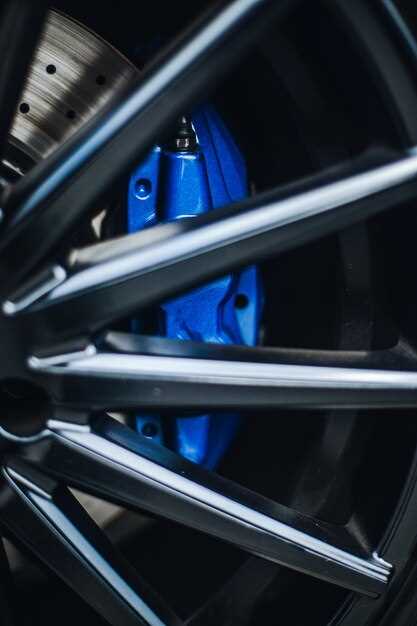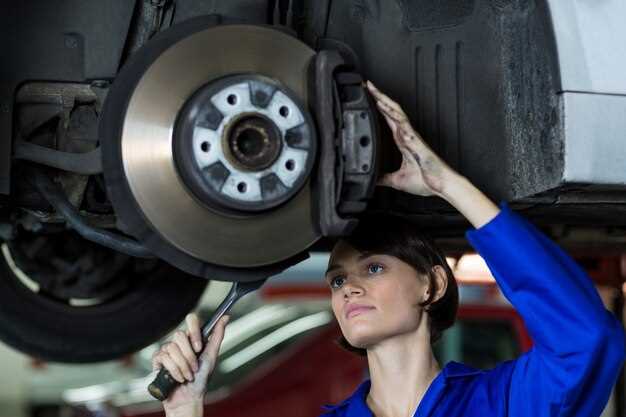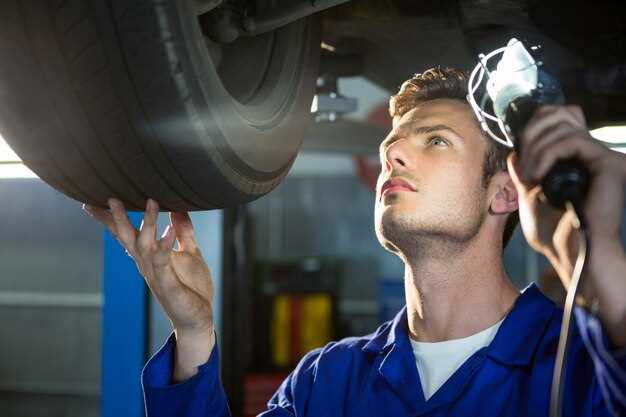
Upgrading to a high-performance vehicle often entails not just enhancing speed and power, but also improving the overall safety and handling capabilities. One of the most critical upgrades that enthusiasts consider is the installation of Big Brake Kits. These kits promise enhanced braking performance, reduced stopping distances, and increased resistance to brake fade, especially under strenuous driving conditions.
The decision to invest in a Big Brake Kit is multifaceted and requires careful consideration. Performance enthusiasts typically look for ways to enhance their vehicle’s capabilities on the track or during spirited drives. However, everyday drivers may ask if the substantial investment in bigger brakes is justified for their needs. This analysis aims to dissect the advantages and potential drawbacks of these kits to help readers make an informed decision.
By examining various aspects of Big Brake Kits, including their design, materials, and real-world performance metrics, we can provide a comprehensive overview that reflects both the technical benefits and practical implications of upgrading to larger braking systems. Understanding the balance between performance needs and budget constraints is crucial for anyone considering such an investment in their vehicle’s braking system.
Key Benefits of Upgrading to Big Brake Kits for Performance Vehicles

Upgrading to big brake kits is a strategic enhancement for performance vehicles, providing several key advantages. The most prominent benefit is improved stopping power, which is crucial for high-speed driving and racing scenarios. Larger rotors and calipers allow for greater friction surface area, leading to increased brake torque and shorter stopping distances.
Heat dissipation is another significant advantage. Big brake kits typically feature larger components that can absorb and disperse heat more effectively than standard brakes. This reduction in brake fade enhances consistency during repeated braking events, which is essential in both track and spirited driving environments.
Big brake kits also contribute to enhanced pedal feel and feedback. The design and materials used in these kits often result in a more responsive braking experience, allowing drivers to modulate brake pressure with greater precision. This improved sensitivity can lead to better control and handling, especially in performance-oriented maneuvers.
Durability is an additional benefit offered by big brake kits. They are generally designed with sturdier materials that can withstand the demands of high-performance driving. This longevity means less frequent replacements and maintenance, ultimately leading to cost savings over time.
Aesthetics can also play a role in the decision to upgrade. Many big brake kits come in various colors and designs, providing a visually appealing upgrade that can enhance the overall look of the vehicle while also marking it as performance-oriented.
Finally, installing a big brake kit can increase the resale value of a performance vehicle. Enthusiasts often seek out cars with upgraded components, making a well-chosen brake kit an attractive selling point for future buyers.
Factors to Consider When Choosing a Big Brake Kit for Your Car
When selecting a big brake kit, several critical factors must be taken into account to ensure optimal performance and compatibility with your vehicle. The first consideration is the vehicle’s intended use. If you plan to use your car for daily driving, a kit designed for street performance may be more suitable, while a track-oriented vehicle would benefit from a kit built for high-temperature endurance and maximum braking force.
Next, assess your vehicle’s current braking system. Understand the existing brake components, such as rotors, calipers, and pads. This analysis helps determine whether a complete replacement is necessary or if upgrades to specific parts will suffice. Compatibility with your car’s existing setup is essential to avoid any installation issues.
Material quality is another significant factor. Look for kits made from high-quality materials, such as aluminum calipers and carbon-ceramic rotors, which provide better heat dissipation and durability. The choice of brake pads also influences performance; high-friction compounds can enhance stopping power but may generate more dust and noise.
Brake size and rotor diameter should align with your driving style. Larger rotors can provide increased surface area for better heat management and braking efficiency, while also accommodating high-performance tires that enhance traction. However, consider the implications on wheel size, as larger brakes may require bigger wheels, which can affect aesthetics and cost.
Cooling options are vital to maintaining braking performance, especially under aggressive driving conditions. Look for kits that enhance airflow to the rotors, such as options with slotted or drilled designs. These features help to reduce brake fade during high-stress situations.
Finally, consider the budget. While it may be tempting to opt for the cheapest option, investing in a quality big brake kit typically yields better performance and longevity. Align your selection with your financial constraints while prioritizing quality and performance to achieve the best results for your driving needs.
Cost vs. Performance: Is a Big Brake Kit a Worthwhile Investment?

When considering an upgrade to a big brake kit, the primary question often revolves around the balance between cost and performance. Big brake kits typically come with a significant price tag, often ranging from several hundred to several thousand dollars, depending on the brand and specifications. This investment prompts car enthusiasts to evaluate whether the benefits justify the expense.
Performance Advantages
Big brake kits are designed to enhance stopping power, reduce brake fade, and improve overall vehicle handling. The larger rotors and calipers increase the surface area for heat dissipation, making them particularly effective for high-performance applications or track use. This upgrade can lead to shorter stopping distances and better modulation, contributing to enhanced driver confidence and safety.
Moreover, larger brakes can accommodate more aggressive tire compounds, allowing for a better grip during hard braking scenarios, which is crucial for competitive settings. As a result, many drivers notice an immediate improvement in their vehicle’s performance, making the big brake kit feel like a worthy investment, especially for those who push their cars to the limits.
Cost Considerations
While performance gains are evident, the initial cost must be weighed against potential alternatives. Upgrading traditional brake components may be sufficient for casual driving. Replacing stock pads and rotors with high-performance equivalents can offer improved stopping power without the hefty expenditure of a full big brake kit. It’s important to assess driving needs and conditions to determine if a less expensive upgrade might suffice.
Additionally, maintenance costs associated with big brake kits can be higher. The specialized components might require unique pads and rotors, which could lead to increased ongoing expenses. This factor is crucial for budget-conscious enthusiasts who are not willing to compromise on performance but also want to manage costs effectively.
Conclusion
In summary, whether a big brake kit is a worthwhile investment largely depends on individual driving habits and performance requirements. For serious enthusiasts and competitive drivers, the performance benefits of a big brake kit can justify the cost. For those who prioritize everyday driving and value budget-friendly alternatives, upgrading standard components might provide adequate performance without the financial burden. Ultimately, careful consideration of both performance needs and budget will guide the decision-making process.
